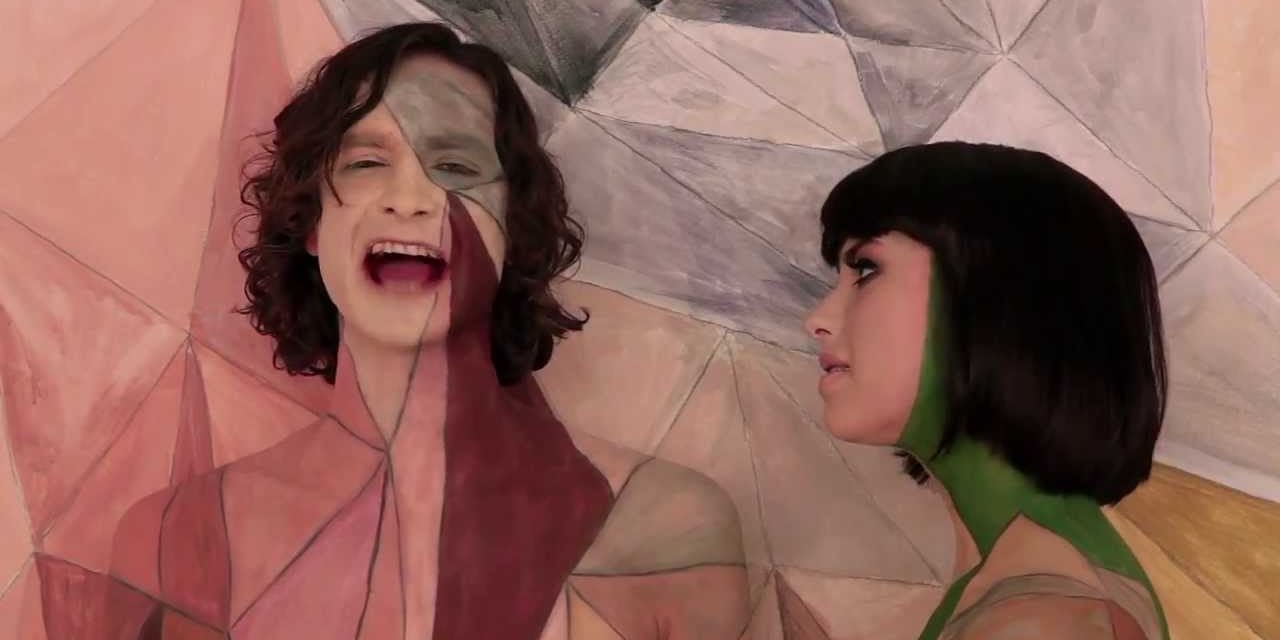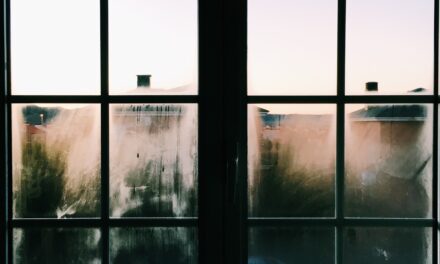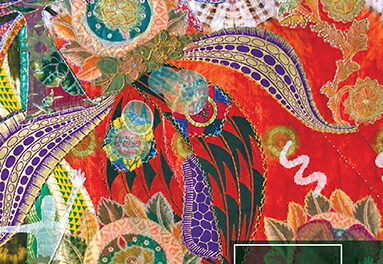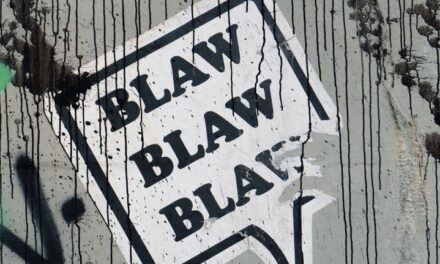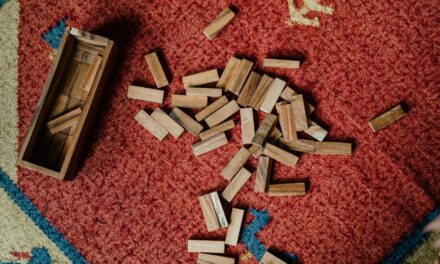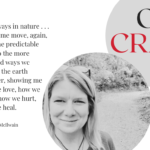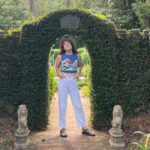We receive about 1,500 poems, stories, and essays a month through our online submission manager, and many of those submissions get read by our staff, who have noticed the following trends. . . .
Becky Adnot-Haynes: Maybe it has to do with the current popularity of Gotye’s musical version, but I feel like we’ve been seeing a lot of the Somebody that I Used to Know story: Sensitive, articulate, twenty- or thirty-something man wanders about a major city (often—though not always—New York), spots a woman that he used to date/sleep with/watch from afar, has his interest reinvigorated, begins/thinks about beginning a conversation. The stories unvaryingly, and maybe inevitably, end in disappointment, and they are always highly meditative, often in first person, and heavily detailed, often on the matter of how the woman’s hair/manner of dressing/looks in general have changed. The stories often aren’t bad. There just seem to be an awful lot of them making the rounds.
Lisa Ampleman: Lately, many of the creative nonfiction pieces I read include a certain amount of research—a good thing. However, the writers also seem determined to emphasize how much research they did and what methods they used. I trust the author a little less when I see phrases like, “A quick Google search pulls up thousands of webpages about cocoons,” or “I typed ‘bloviator’ into an Internet search engine and discovered . . . ,” or “I read a book about rare European coins to find out why my uncle had saved so many.” A more seamless use of research includes the valuable information discovered without emphasizing the method, like Joshua Harmon’s “The Annotated Mix-Tape #17” in Issue 8.2 (appreciated here) or either of the personal essays forthcoming in Issue 9.1 (Vladimir Vulovic’s “Why Chess?” and Tracy Burkholder’s “Touch”). So rather than telling us you spent sixteen hours poring over Google search results and Wikipedia pages to find the forty different facts you discovered about the history of Mardi Gras, just help us imagine eighteenth-century Louisiana by creating a well-researched scene.

